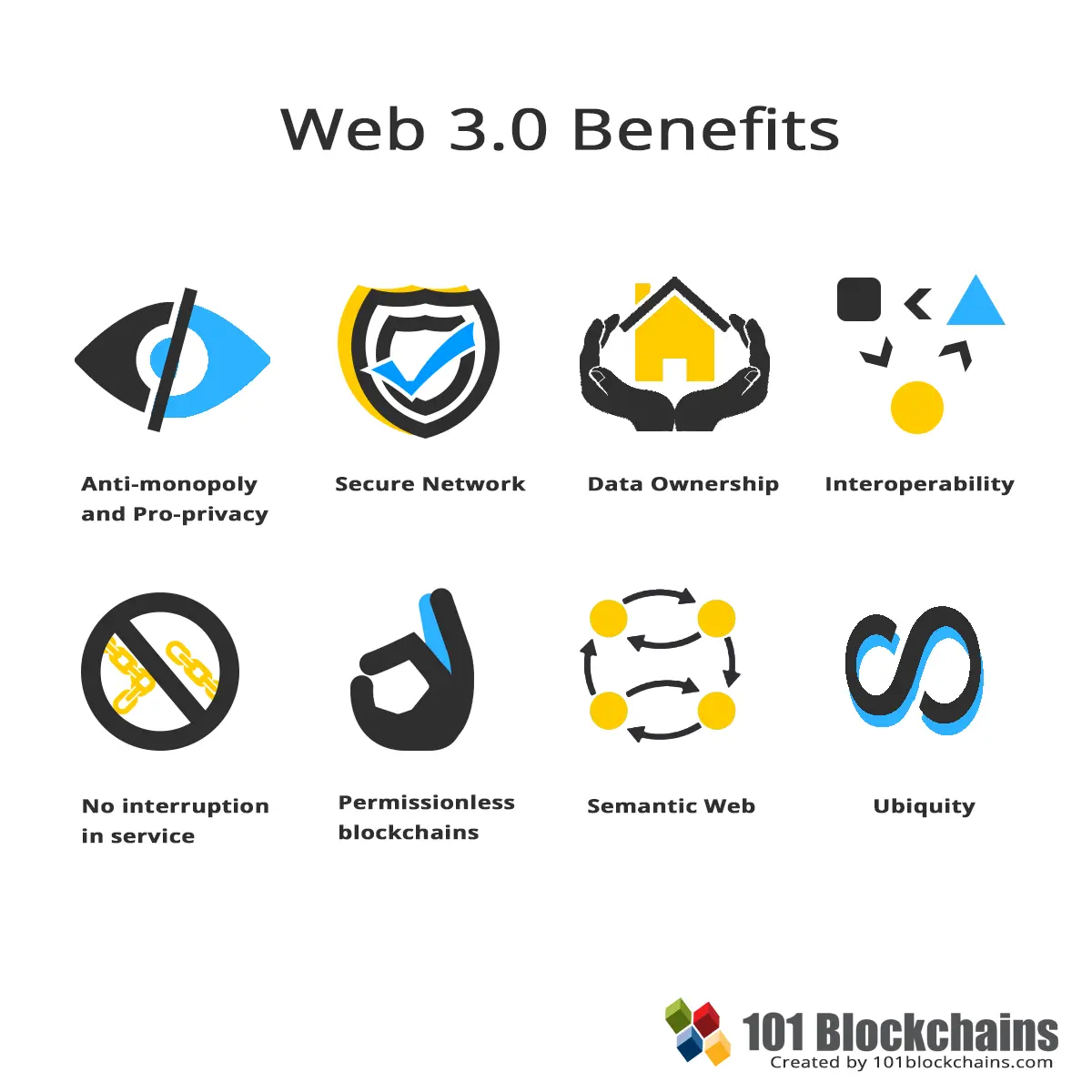Is Web 3.0 challenging web development?
We often talk about the Web (i.e interconnected networks) as if it is a technology set in stone, and with well-rounded edges. In reality, developers often find themselves juggling insecurely with an ever-changing definition of “the Web”. Let’s have a look at some of the reasons behind their struggles.
Which web?
It is easy for us nowadays to think of the web in terms of what goes on in the browser or in the server. I identify as a web user as I use a search engine to access a database, when I enter a command to install an open source file, or whenever I post a comment on to a live platform.
However, fundamentally, you only need to have an existing connection to the internet to become entangled. That’s what Web 1.0 was originally about: creating routes for existing PC to access static read-only pages. This allowed the first generation of webmasters/webmistresses to share a limited amount of digital and virtual information right from their hard drives.
With the advent of a new generation, web developers challenged the status quo by slapping a second dimension on to the network. Users were empowered and encouraged to share, like, comment, publish, pay and review. Development in the Web 2.0 is more than what you GET: it involves a lot of POST. And along with this, came the lucrative e-business of domain naming, cloud hosting and…hacking.
Who owns the web?
Without a doubt, the most challenging aspect of web development of the past decade is and remains cyber-security. As they log onto their social media accounts, shop online with their credit cards or send their identity documents by email, web users are slowly but surely transferring ownership of their data into the hands of a very few powerful enterprises.
As the saying goes: “There is no free lunch”. When you roam about the web, you leave a digital footprint that anybody with enough time and the right tools can shape into your life trajectory. More worrying than Big Tech lurking in the shadows, the chances of ending up in a catch-me-if-you-can game with Dark Web overlords have dramatically increased over time.

One of the main reasons why Blockchain technology has generated such a strong interest in recent years is precisely because it explores solutions to core issues faced by the current web. How do you ensure the anonymity of users? By lodging cryptographic proofs onto the digital ledger. How do you keep data secure? By validating and storing transactions within decentralised networks. How do you reinforce the robustness of the networks? By incorporating consensus algorithms into protocols.
“The Web” returns
In many ways, the old web is about to take the world by storm with a new avatar: “Web 3.0“. This is not the realm of two-way client-server communication anymore. Instead, it is every device we own that interfaces with all devices owned around the world; in the same way our old PC used to read web pages sitting on someone else’s PC. We are not talking Cloud storage, hosting servers, and money. We are talking nodes, tokenised networks, and cryptocurrencies.
Web 3.0 is conceptualised as a reinvention of the current back-end architecture of the web, with Polkadot being at the forefront of this paradigm shift. The Polkadot network proposes to upgrade the outdated model of a “single blockchain” (i.e Bitcoin and Ethereum) in order to build a trust-less infrastructure where web developers can build, maintain and secure decentalised apps (dApps) for a global audience.

The originality of Polkadot is multi-fold in that it uses a central blockchain (relay chain) coupled with multiple parallel blockchains (parachains) that can be used as bridges to existing (older) blockchains. The Polkadot network is built with a rich Framework (Substrate) to promote open-source agile web development with a WebAssembly runtime. Finally, Polkadot gives all its stakeholders the opportunity to engage with both web and on-chain operations as DOT token nominators, transaction collators, and block validators.
As the brainchild of Blockchain technology and IoT, Web3 is slowly gaining acceptance in the Tech industry. For most users, the journey has already started with learning how to operate cryptocurrencies wallets and how to navigate blockchain explorers. It is now obvious that the field of web development is being forked into DApps development, far away from the ruthless requirements of Google Play and Apple Store.
Useful resources:
Blockchain Hub Berlin: https://blockchainhub.net/web3-decentralized-web/
Polkadot explorer: https://polkadot.js.org/apps/#/explorer
